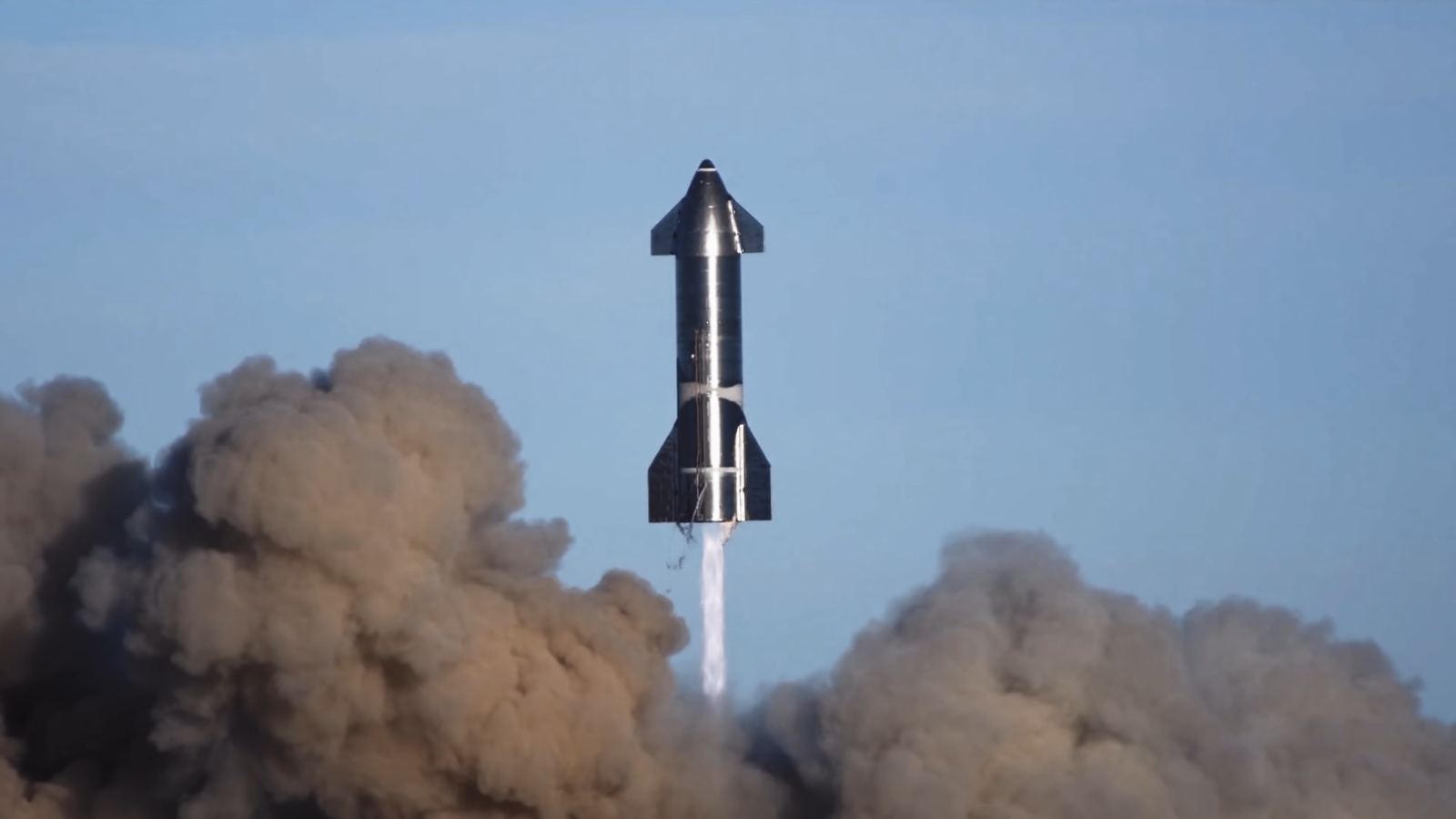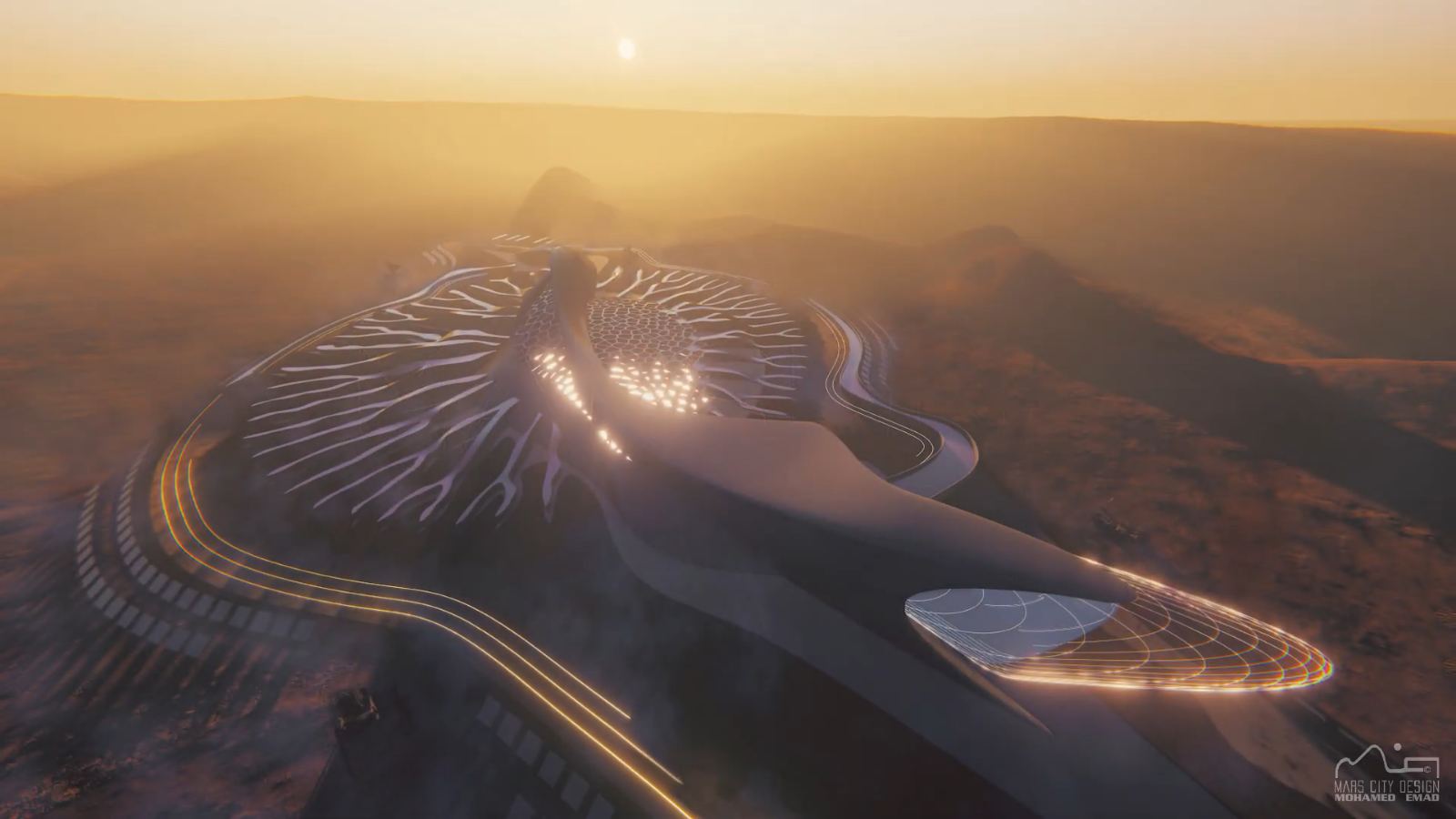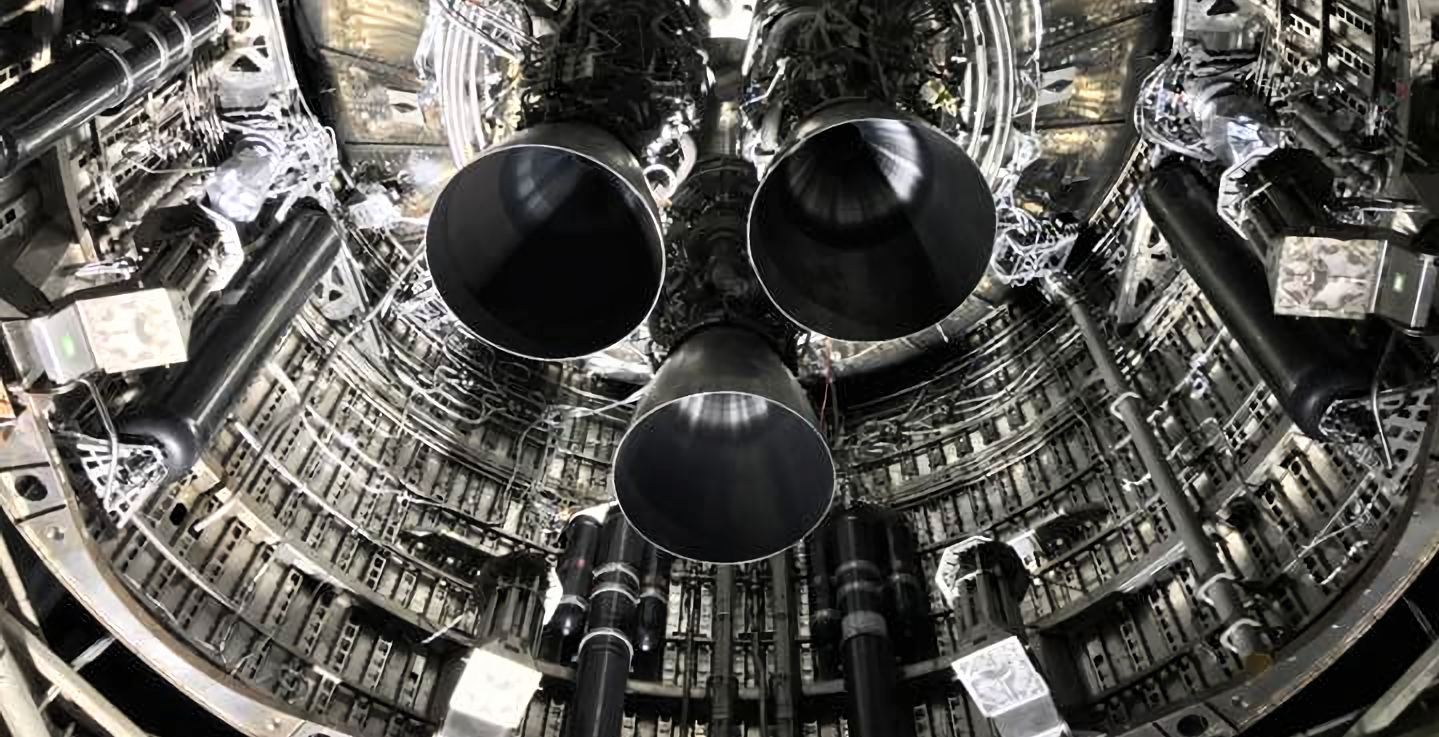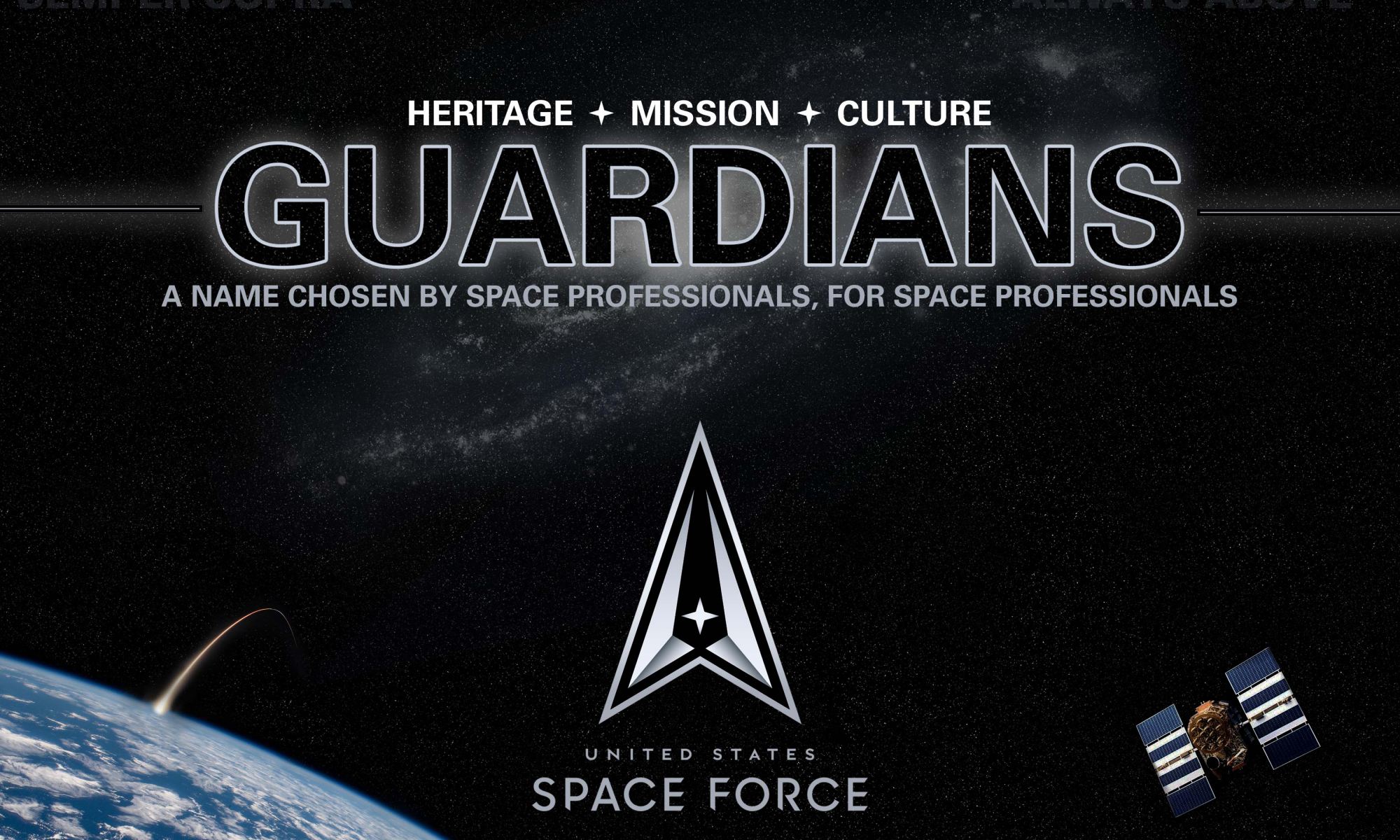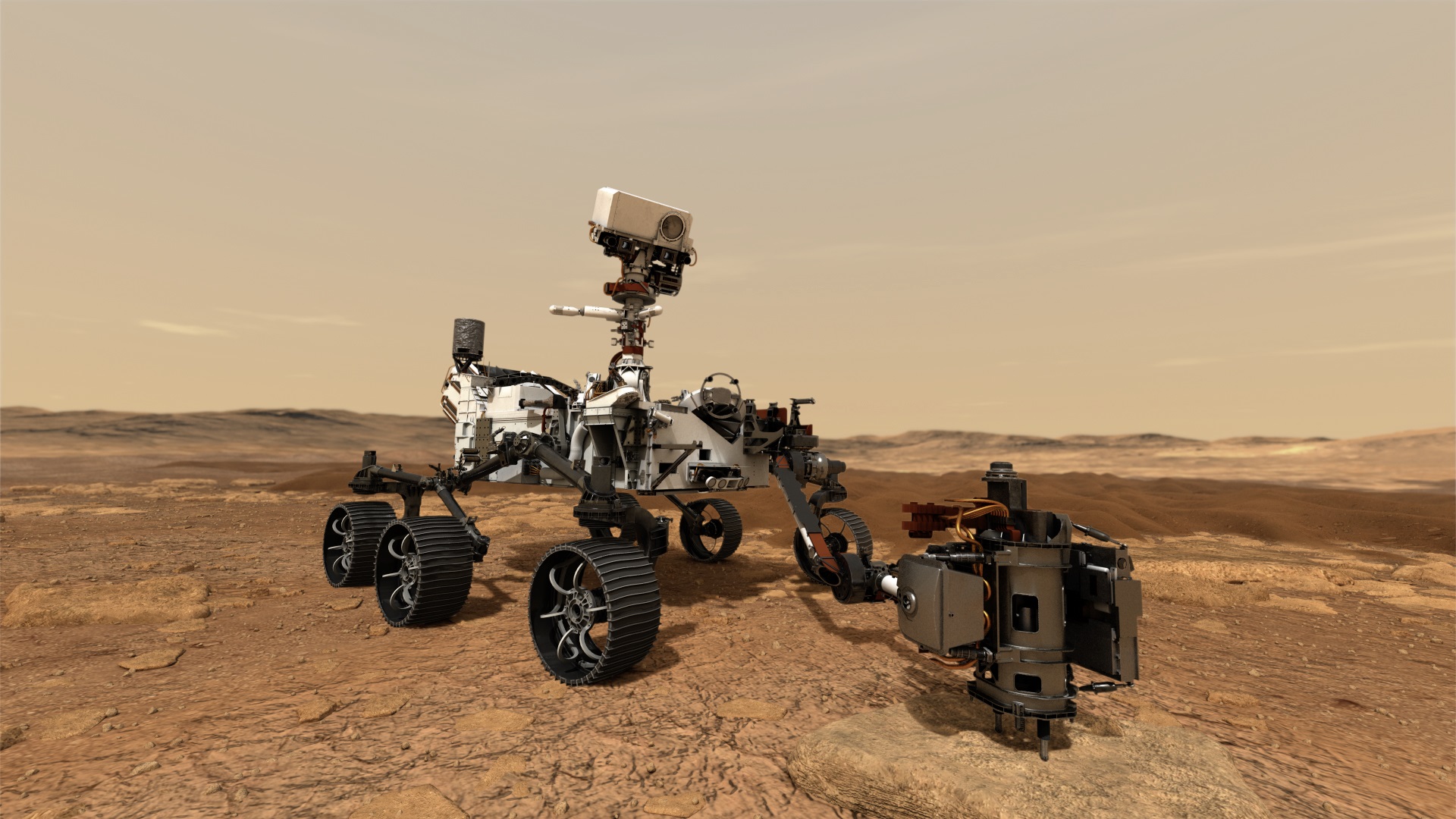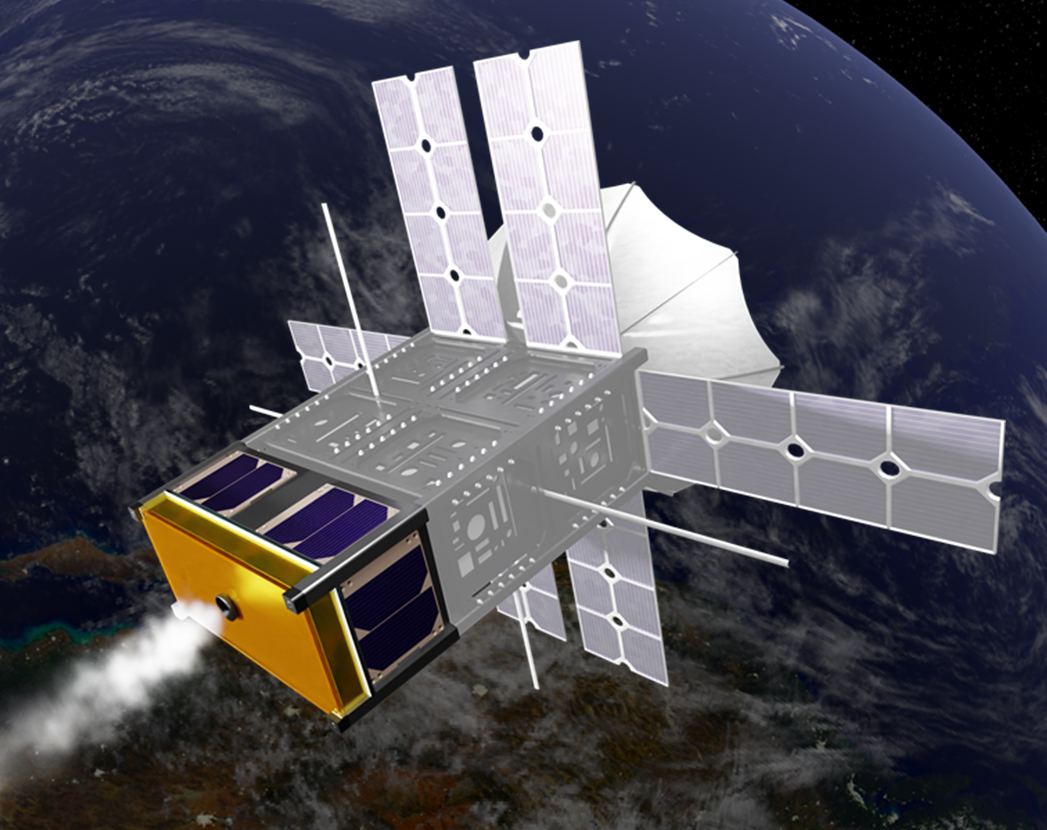SpaceX is getting closer and closer to realizing the design for its Starship and Super Heavy launch system. Once complete, it will be the world’s first fully-reusable launch system and will facilitate trips to Low Earth Orbit (LEO), the Moon, and Mars. Construction began on the system’s booster element (Super Heavy) this past summer and, according to a recent tweet by Musk, will be “caught” by its launch tower.
Continue reading “SpaceX’s Next Idea: to Catch Super Heavy Boosters With the Launch Tower”SpaceX Releases a Recap Video of their SN8 Making its Hop Test!
To commemorate their greatest accomplishment to date with the Starship, SpaceX has released a recap video of the SN8 high-altitude flight. This was the 12.5 km hop test that took place on December 9th, 2020, which saw the SN8 prototype ascend to an altitude of 12.5 km (7.8 mi), conduct a “belly-flop” maneuver, and return to the launch pad. While it didn’t quite stick the landing, the test was a major milestone in the development of the Starship.
Continue reading “SpaceX Releases a Recap Video of their SN8 Making its Hop Test!”Winning Urban Farming Ideas for Mars!
If humans plan to go to live and work beyond Earth someday, they will need technologies that allow for sustainable living in alien environments. This is especially true of Mars, which is extremely cold, dry, and subject to more radiation than we are used to. On top of that, it also takes six to nine months to send spacecraft there, and that’s every two years when Earth and Mars are closest to each other in their orbits.
As such, settling on the Red Planet will require some serious creativity!
This is the purpose of Mars City Design (the Mars City®), an innovation and design platform founded by architect and filmmaker Vera Mulyani. Every year since its inception, this organization has hosted the Mars City Design Challenges, where students from around the world come together with industry experts to produce architectural designs for living on Mars (what Mulyani calls “Marchitecture”).
Continue reading “Winning Urban Farming Ideas for Mars!”Beyond “Fermi’s Paradox” XVI: What is the “Dark Forest” Hypothesis?

Welcome back to our Fermi Paradox series, where we take a look at possible resolutions to Enrico Fermi’s famous question, “Where Is Everybody?” Today, we examine the possibility that Earth hasn’t been visited by aliens because interstellar travel is not very practical!
In 1950, Italian-American physicist Enrico Fermi sat down to lunch with some of his colleagues at the Los Alamos National Laboratory, where he had worked five years prior as part of the Manhattan Project. According to various accounts, the conversation turned to aliens and the recent spate of UFOs. Into this, Fermi issued a statement that would go down in the annals of history: “Where is everybody?“
This became the basis of the Fermi Paradox, which refers to the disparity between high probability estimates for the existence of extraterrestrial intelligence (ETI) and the apparent lack of evidence. Since Fermi’s time, there have been several proposed resolutions to his question, which includes the Dark Forest Hypothesis, where extraterrestrial civilizations are deliberately avoiding contact.
Continue reading “Beyond “Fermi’s Paradox” XVI: What is the “Dark Forest” Hypothesis?”Big News for SpaceX: Static Fire Today, Hop Test This Weekend?
For years, SpaceX founder Elon Musk has talked about what he will do once his company’s super heavy-lift launch system is finally ready to go! While tidbits of information were shared between 2011 and 2015, it was not until September of 2017 that Musk began to share detailed plans for this system. By 2018, Musk announced that work on the Starship and Super-Heavy (formerly known as the BFR) was underway.
In the past year, progress on the Starship has advanced by leaps and bounds (despite a few explosions). This reached a high point on Dec. 9th, 2020, when the SN8 prototype conducted a hop test where it reached an altitude of 12.5 km (7.8 mi) and did a “belly-flop” on the way down. According to recent indications, the SN9 may be making a hop test by the end of this week!
Continue reading “Big News for SpaceX: Static Fire Today, Hop Test This Weekend?”Astronomers set a new Record and Find the Farthest Galaxy. Its Light Took 13.4 Billion Years to Reach us
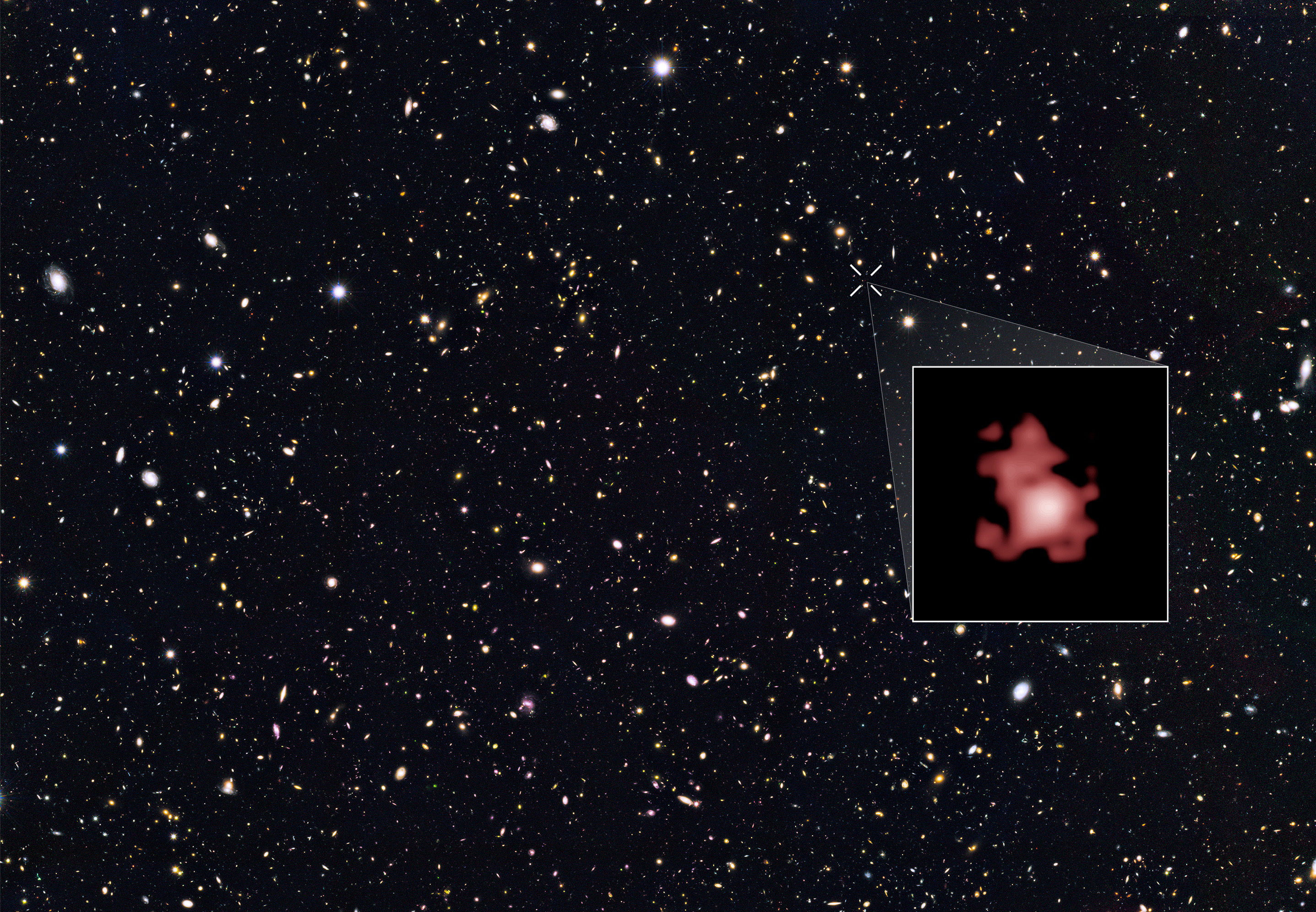
Since time immemorial, philosophers and scholars have contemplated the beginning of time and even tried to determine when all things began. It’s only been in the age of modern astronomy that we’ve come close to answering that question with a fair degree of certainty. According to the most widely-accepted cosmological models, the Universe began with the Bang Bang roughly 13.8 billion years ago.
Even so, astronomers are still uncertain about what the early Universe looked like since this period coincided with the cosmic “Dark Ages.” Therefore, astronomers keep pushing the limits of their instruments to see when the earliest galaxies formed. Thanks to new research by an international team of astronomers, the oldest and most distant galaxy observed in our Universe to date (GN-z11) has been identified!
Continue reading “Astronomers set a new Record and Find the Farthest Galaxy. Its Light Took 13.4 Billion Years to Reach us”Astronomers Discover Hundreds of High-Velocity Stars, Many on Their Way Out of the Milky Way
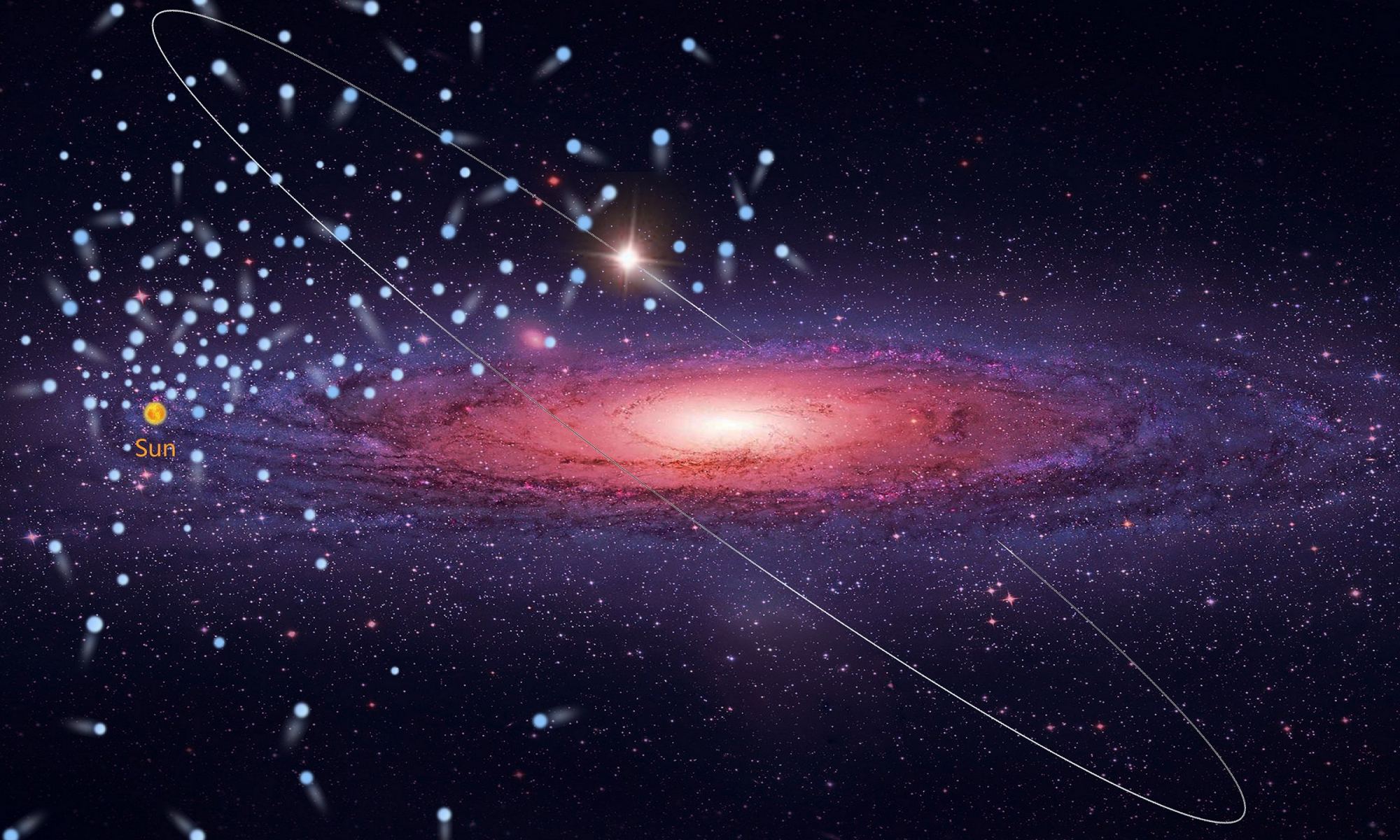
Within our galaxy, there are thousands of stars that orbit the center of the Milky Way at high velocities. On occasion, some of them pick up so much speed that they break free of our galaxy and become intergalactic objects. Because of the extreme dynamical and astrophysical processes involved, astronomers are most interested in studying these stars – especially those that are able to achieve escape velocity and leave our galaxy.
However, an international team of astronomers led from the National Astronomical Observatories of China (NAOC) recently announced the discovery of 591 high-velocity stars. Based on data provided by the Large Sky Area Multi-Object Fiber Spectroscopic Telescope (LAMOST) and the ESA’s Gaia Observatory, they indicated that 43 of these stars are fast enough to escape the Milky Way someday.
Continue reading “Astronomers Discover Hundreds of High-Velocity Stars, Many on Their Way Out of the Milky Way”The Personnel of Space Force Will be Called Guardians
In October of 2018, the Trump administration announced the creation of the U.S. Space Force (USSF), previously known as the U.S. Air Force Space Command (AFSPC). The decision was formalized on December 20th, 2019, with the signing of the National Defense Authorization Act for 2020 (NDAA 2020). Since then, the USSF has taken steps to establish all the particulars of an independent service branch.
This included the creation of a logo and a motto (reminiscent of Starfleet and “Semper Supra!”), a headquarters, a recruiting video, and a training program. They even conducted their first joint mission with the USAF, sending the X-37B to space to test a number of technology demonstrators. And in honor of its one-year anniversary, the VP Pence announced that it has chosen what it will call USSF service members – Guardians!
Continue reading “The Personnel of Space Force Will be Called Guardians”Plans for a Mars Sample Return Mission Have Moved to the Next Stage
This past summer, NASA’s Perseverance rover launched from Cape Canaveral, Florida. On February 18th, 2021, it will arrive on Mars and join in the search for evidence for past (and maybe even present) life. A particularly exciting aspect of this mission is the Mars Sample Return (MSR), a multi-mission effort that will send samples of Mars back to Earth for analysis.
This aspect of the Perseverance mission will be assisted by a lander and orbiter developed by NASA and the European Space Agency (ESA). According to NASA, the MSR recently advanced to the next stage of development (Phase A). If all goes well, Perseverance will have a companion in the coming years that will take its samples and launch them to orbit, where they will be picked up and sent back to Earth.
Continue reading “Plans for a Mars Sample Return Mission Have Moved to the Next Stage”A Steampunk Engine to Solve Your Satellite Woes!
In 1999, technicians from the California Polytechnic State University (Cal Poly) and Stanford University developed the specifications for CubeSat technology. In no time at all, academic institutions were launching CubeSats to conduct all manner of scientific research and validate new satellite technologies. Since 2013, the majority of launches have been conducted by commercial and private entities rather than academia.
Unfortunately, CubeSats have been held back until now because of a lack of good propulsion technology. In addition, there are concerns that with the proliferation of small satellites, Low Earth Orbit (LEO) will become overcrowded. Thanks to Howe Industries and a breakthrough engine design (known as the ThermaSat) that utilizes steam to generate propulsion, all of that could change very soon.
Continue reading “A Steampunk Engine to Solve Your Satellite Woes!”

